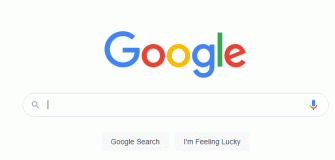Revolutionizing Healthcare: Role of IoT in Healthcare
The Internet of Things (IoT) has revolutionized various industries, and healthcare is no exception. The intricate dance between medicine and technology has given rise to a new phenomenon: the Internet of Medical Things (IoMT). This innovative concept involves the integration of medical devices, wearables, and telemedicine into a seamless network that enhances patient care.

One remarkable aspect of IoMT is remote patient monitoring, which allows doctors to monitor their patients’ health conditions in real-time from any location. Through wearable devices such as smartwatches or fitness trackers, vital signs like heart rate, blood pressure, and oxygen levels can be constantly tracked and transmitted to healthcare professionals. This not only improves accuracy but also enables prompt intervention if any abnormalities are detected.

The global healthcare technology market has experienced significant growth due to IoMT’s numerous advantages. Wearable devices offer convenience by providing continuous health monitoring without restricting individuals’ movements or daily routines. Moreover, telemedicine bridges the gap between patients residing in remote areas with limited access to quality healthcare services and medical specialists who may be located miles away. Patients can now consult with doctors virtually through video calls or chat applications for routine check-ups or even receive diagnoses for minor illnesses.
Another exciting development within IoMT is augmented reality (AR), which holds immense potential in enhancing surgical procedures. Surgeons wearing AR glasses can view crucial information about a patient’s anatomy during operations without having to look away from their workstations—allowing them to perform surgeries more accurately and efficiently.

Conclusion
Peering into the future reveals even more exciting applications within this realm: drones delivering life-saving medication to remote locations where immediate human intervention would be challenging; Artificial Intelligence (AI) combined with Big Data analyzing vast mounts of patient data to identify patterns and predict potential health risks accurately.





